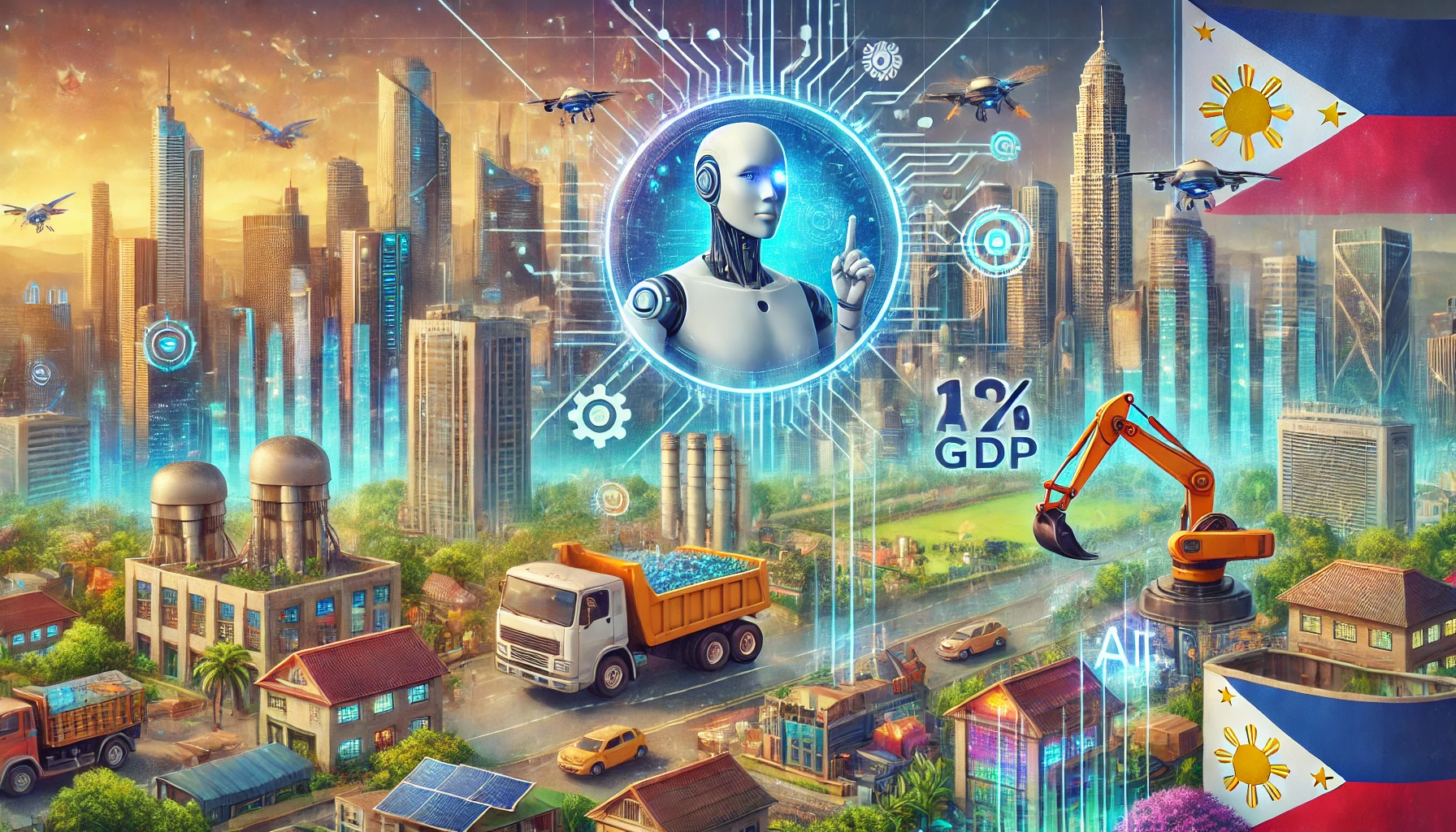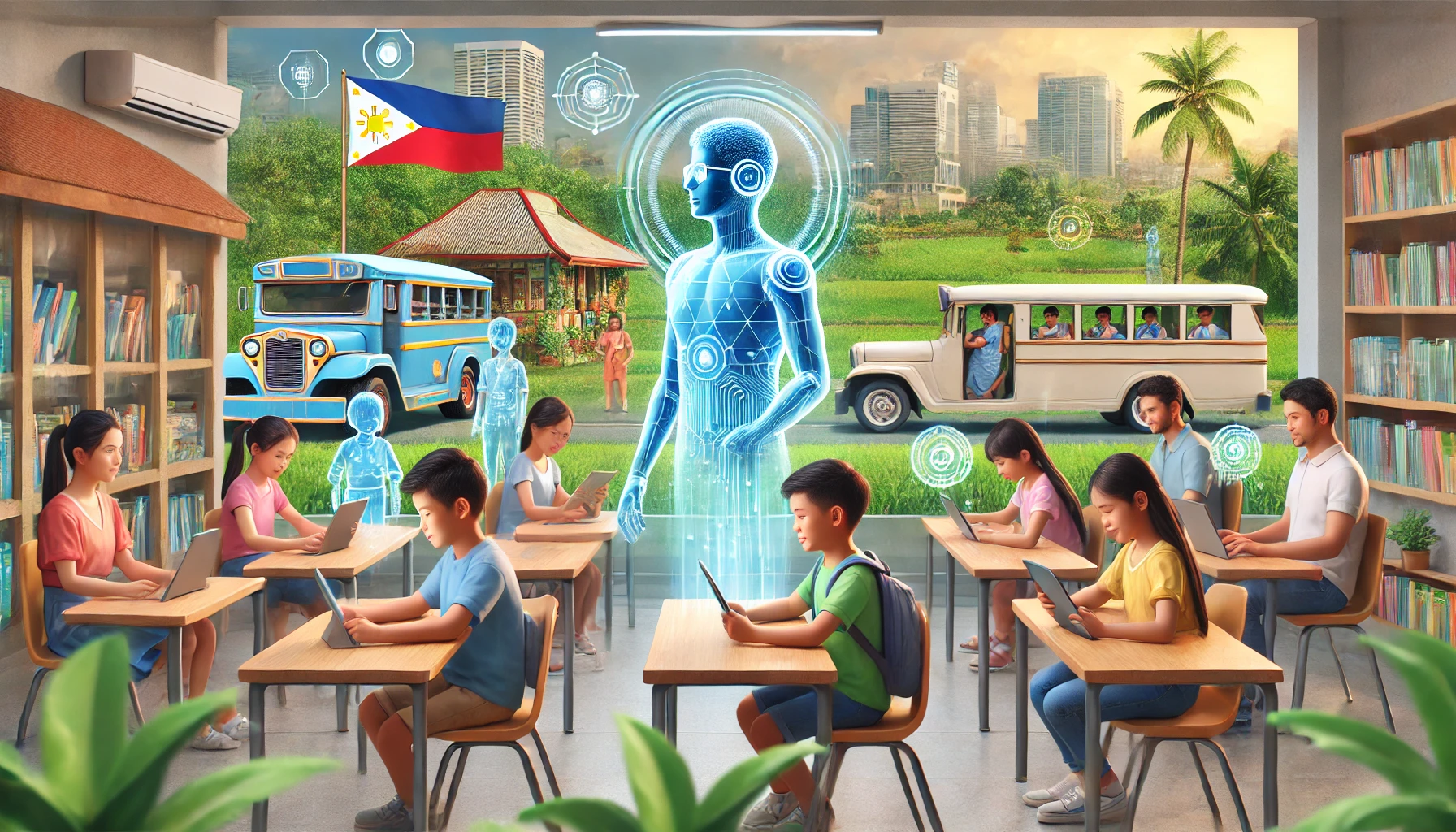The Philippines is poised to harness the transformative power of artificial intelligence (AI), with the Department of Trade and Industry (DTI) projecting that AI could contribute 12% to the country’s GDP by 2030, equivalent to $92 billion in economic value . This ambitious forecast underscores the government’s commitment to positioning the Philippines as a regional AI hub and leveraging technology to drive inclusive growth.
The National AI Roadmap: Building a Foundation for Excellence
In 2021, the Philippines launched its National AI Roadmap, becoming one of the first 50 nations globally to adopt a dedicated AI strategy. The roadmap outlines a vision to establish the country as an AI Center of Excellence in ASEAN, focusing on research, industry integration, and workforce development. Key initiatives include:
- National Center for AI Research (N-CAIR): A public-private partnership hub for collaborative AI research in sectors like precision farming, smart manufacturing, healthcare, and AI-powered business process outsourcing (BPO) .
- Sectoral Transformation: AI adoption in agriculture, logistics, finance, and smart cities to enhance productivity and innovation. For example, AI-driven precision farming could boost agricultural incomes, while generative AI is set to revolutionize creative industries and software development .
- Workforce Reskilling: Addressing fears of job displacement, the roadmap emphasizes creating higher-paying roles in a “knowledge-based economy.” Programs like Google’s AI Essentials course aim to bridge the digital skills gap, potentially adding PHP 809 billion ($14.5 billion) annually to GDP by 2030 .
Economic Impact and Opportunities
The DTI’s projection aligns with global studies, including a 2020 report by EDBI and Kearney, which identified AI’s potential to add $1 trillion to Southeast Asia’s GDP by 2030, with the Philippines capturing a significant share . Key opportunities include:
- BPO Evolution: The Philippines’ $35.4 billion digital economy (2023) is set to expand further as AI enhances high-value services like data analytics and customer experience automation .
- Healthcare and Smart Cities: AI applications in telemedicine, disaster response, and urban planning are prioritized, with initiatives like AI-powered weather forecasting already underway .
- Global Partnerships: U.S. tech firms are encouraged to invest in R&D and infrastructure, particularly in cybersecurity, Open RAN networks, and AI-driven government services .
Challenges to Overcome
Despite the optimism, hurdles remain:
- Infrastructure Gaps: Slow internet speeds and limited connectivity in rural areas hinder AI adoption. The proposed Konektadong Pinoy Act aims to address this by improving broadband access .
- Regulatory Frameworks: Outdated spectrum management laws and bureaucratic delays complicate market entry for foreign investors .
- Ethical and Workforce Concerns: Balancing automation with job creation requires robust policies to ensure equitable access to AI benefits .
Collaborative Efforts for Success
The government’s partnership with the private sector and academia is critical. Initiatives like the Better Access and Connectivity (BEACON) project, supported by USAID, and Google’s upskilling programs highlight the role of international collaboration in achieving AI-driven growth .
Conclusion
The DTI’s vision of AI contributing 12% to GDP by 2030 reflects a strategic alignment of innovation, policy, and investment. By addressing infrastructure gaps, fostering talent, and embracing global partnerships, the Philippines can unlock AI’s full potential—transforming industries, creating jobs, and securing its position as a regional tech leader.
Key References
- AI seen to contribute 12% of PH GDP by 2030—DTI (Manila Standard)
- DTI says AI can contribute $92 billion to PH economy (ABS-CBN)
- Philippines Artificial Intelligence (International Trade Administration)
- DTI eyes PH as AI powerhouse (Philippine News Agency)
- Philippines – Digital Economy (International Trade Administration)
- Economic Impact Report: Growing the Philippines’ AI opportunity (Access Partnership)
- PH to gain over P2-T annually from AI-powered solutions (PNA)
- AI seen to generate P2.8 trillion in economic benefits by 2030 (BusinessWorld)
For further details, explore the linked reports and government initiatives driving the Philippines’ AI revolution.


